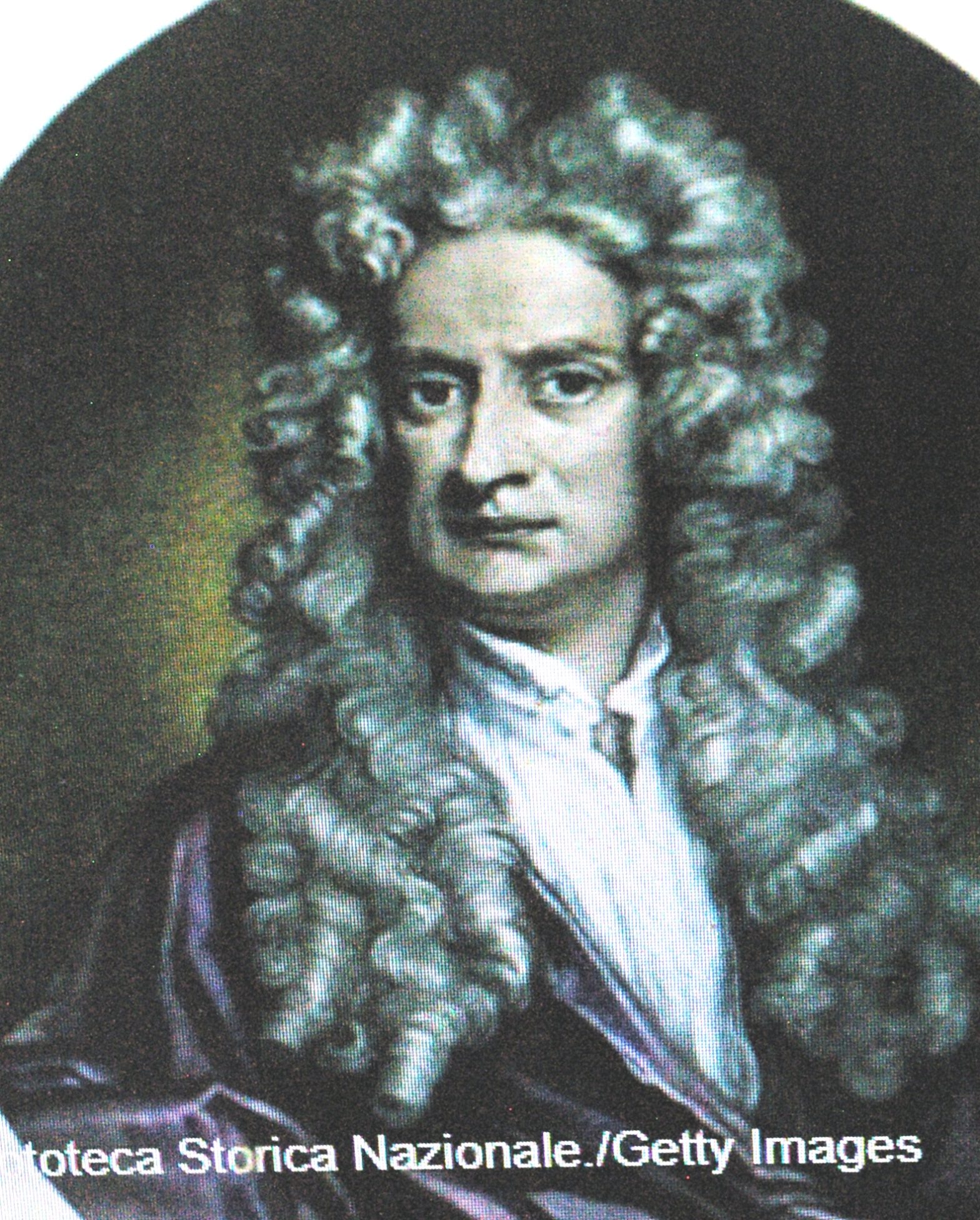Introduction Key words: race, racism, racialization, racial classification, racial/ethnic classification, classification, public health research, public health, monitoring, public health research What comes to mind when you hear the word “race”? Grab a piece of paper and pen or pencil and jot down words or phrases that the word “race” evokes. Nearly 165 years since the …
Continue reading “PART LVI: The Concept of “Race” Is it Valid? Is it Fair?; Part 1″

